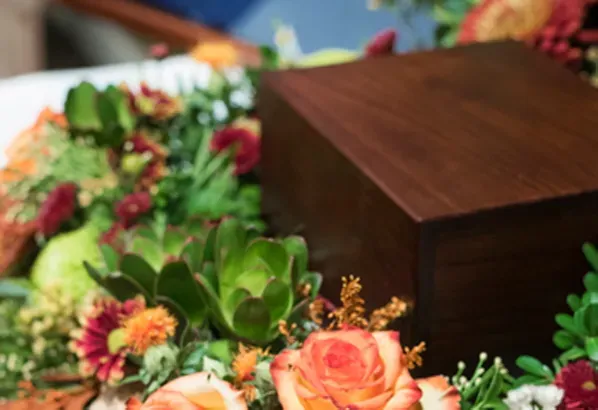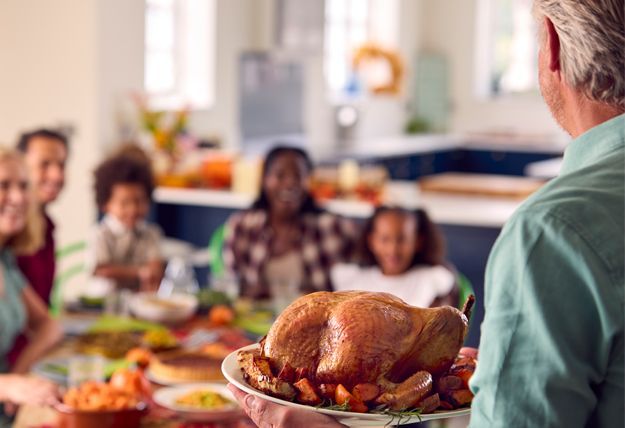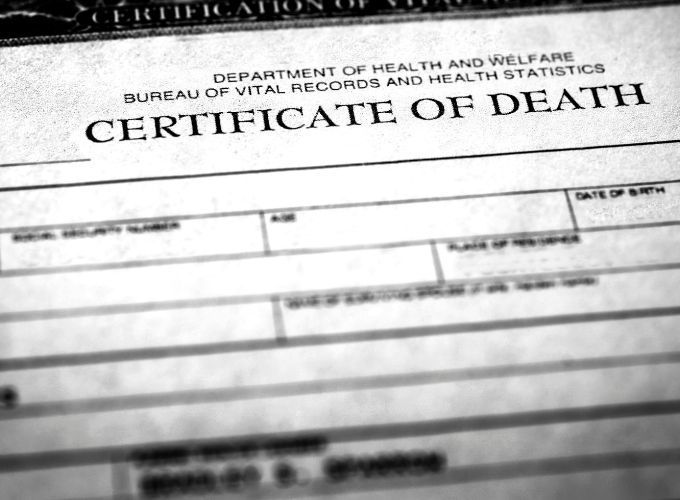Articles Of Interest
Wondering What to do With Cremated Remains You Have at Home?

After a loved one is cremated, about 70% of families opt to take the urn home with them after the funeral services. There are a number of reasons that families choose to take cremated remains home. Some are still working through their grief and want to hold onto their loved one a bit longer, others haven’t given thought to the final disposition of the ashes, or they have been left instructions about scattering or are simply uncertain what to do.
If you are considering taking home the remains of a loved one, no matter the reason, it is important to realize that putting the ashes on the mantel or shelf is only a temporary solution. Eventually, when you pass, a final resting place will have to be found for your loved one. The situation can become more complicated if you’re storing the cremains of multiple family members.
It is important that you plan for this change, if not now, then by recording what’s to happen with your loved one’s final disposition in your own will. It’s better to make final disposition arrangements now, rather than burdening your family with figuring out what to do with the ashes of others. Fortunately, there are many options for the final disposition of ashes.
Columbarium or Mausoleum
Cremated remains can be placed in columbarium or mausoleum. These are permanent structures built in a graveyard or church. The terms columbarium and mausoleum are often used interchangeably, but typically a columbarium is built specifically for ashes, whereas a mausoleum can accommodate caskets as well as urns.
Scattering
Ashes can be scattered on land, water or air. Many loved ones request that they be scattered in a favorite location or place of significance to them. Before scattering ashes you should check with local and state laws to determine if it is permitted in that area.
Converting Ashes
One option for the disposition of cremated remains, that is gaining popularity in Northern Europe, is converting the ashes into glass, diamonds or some other memorial token. Ashes may be fused with molten glass or turned into synthetic diamonds to then be used in memorials or even jewelry.
Cemetery Burial
Just like a casket, cremation urns can be buried in a cemetery plot. The cemetery plot may be specially designated as a cremation plot or a regular sized plot.
Making a Memorial
Cremated remains can also be incorporated into a memorial object, such as a bench, stone or marker. Normally, the ashes are held in an integrated repository. The memorial piece can then be placed in a garden, cemetery or other location











